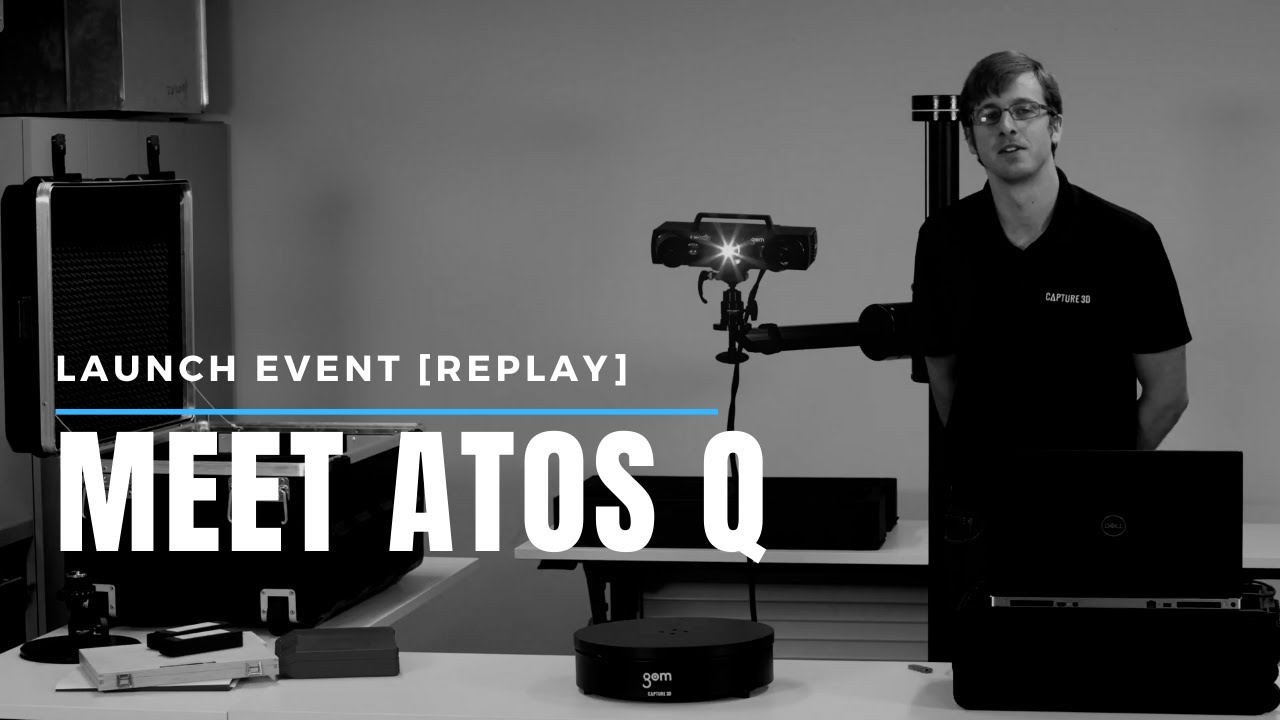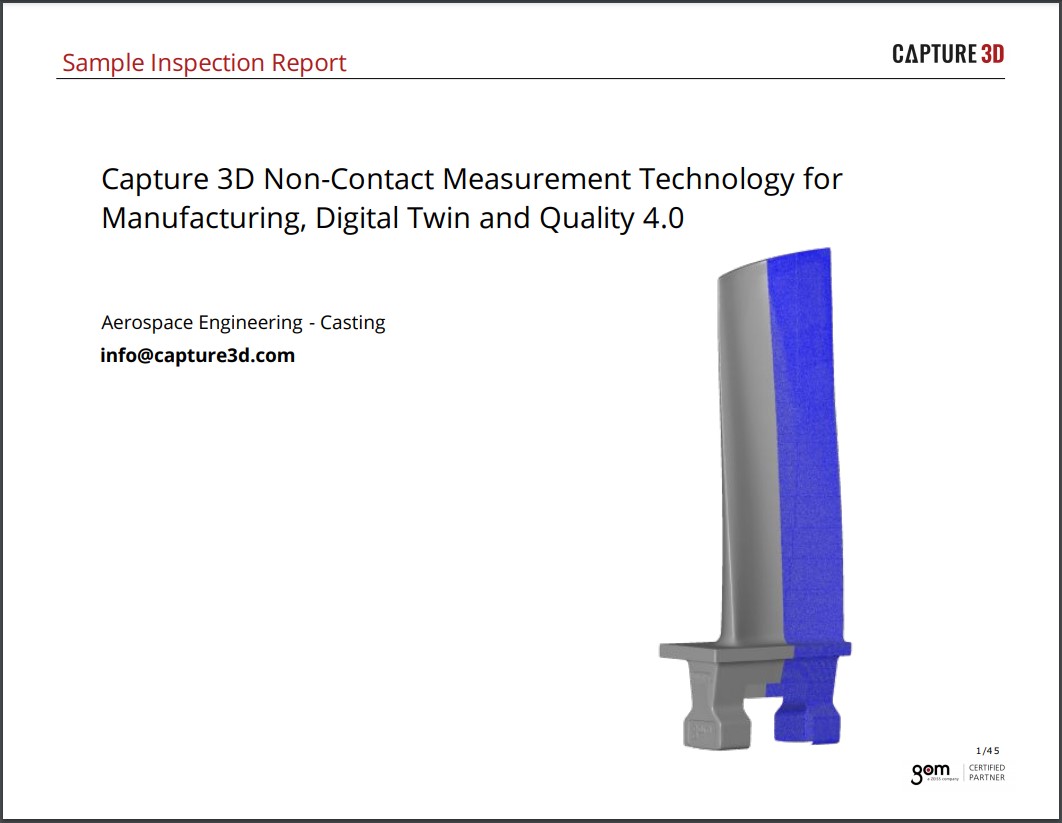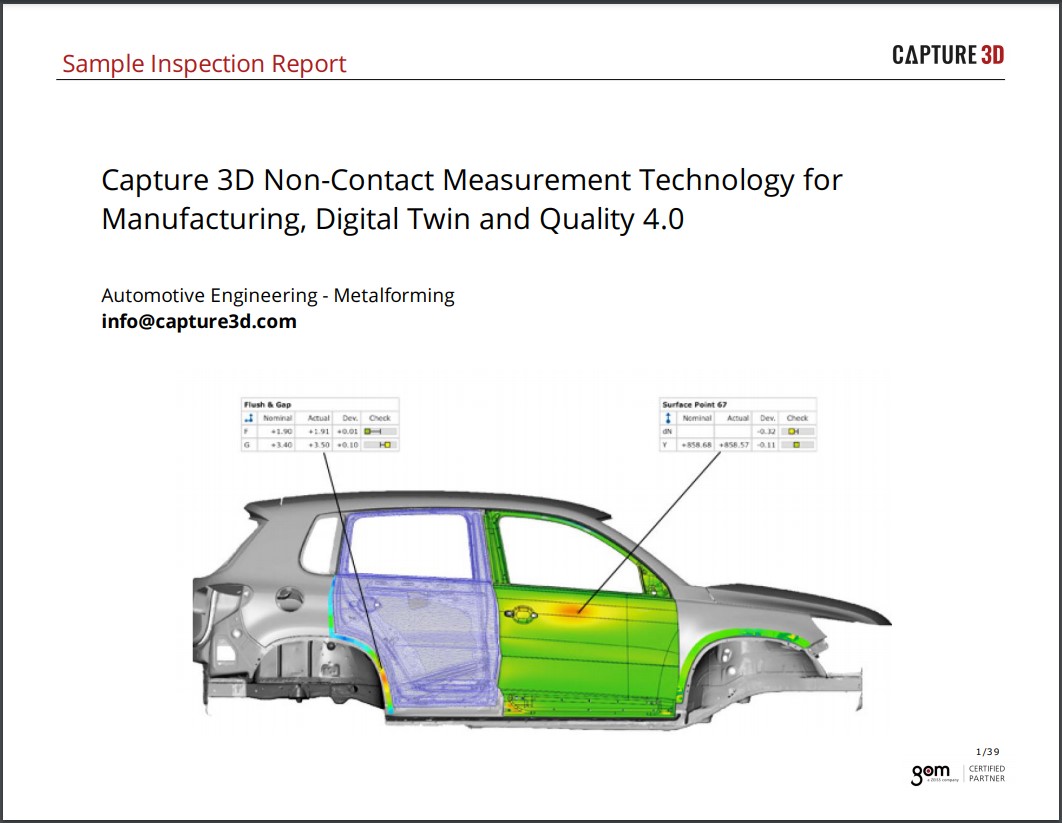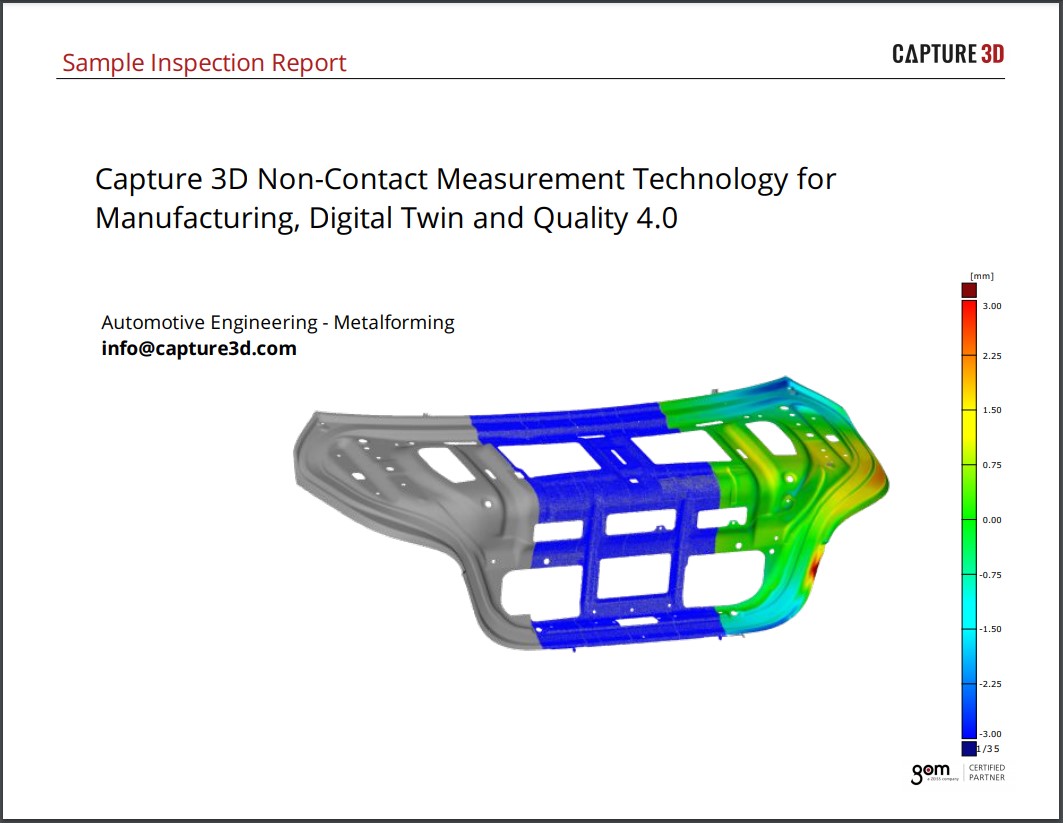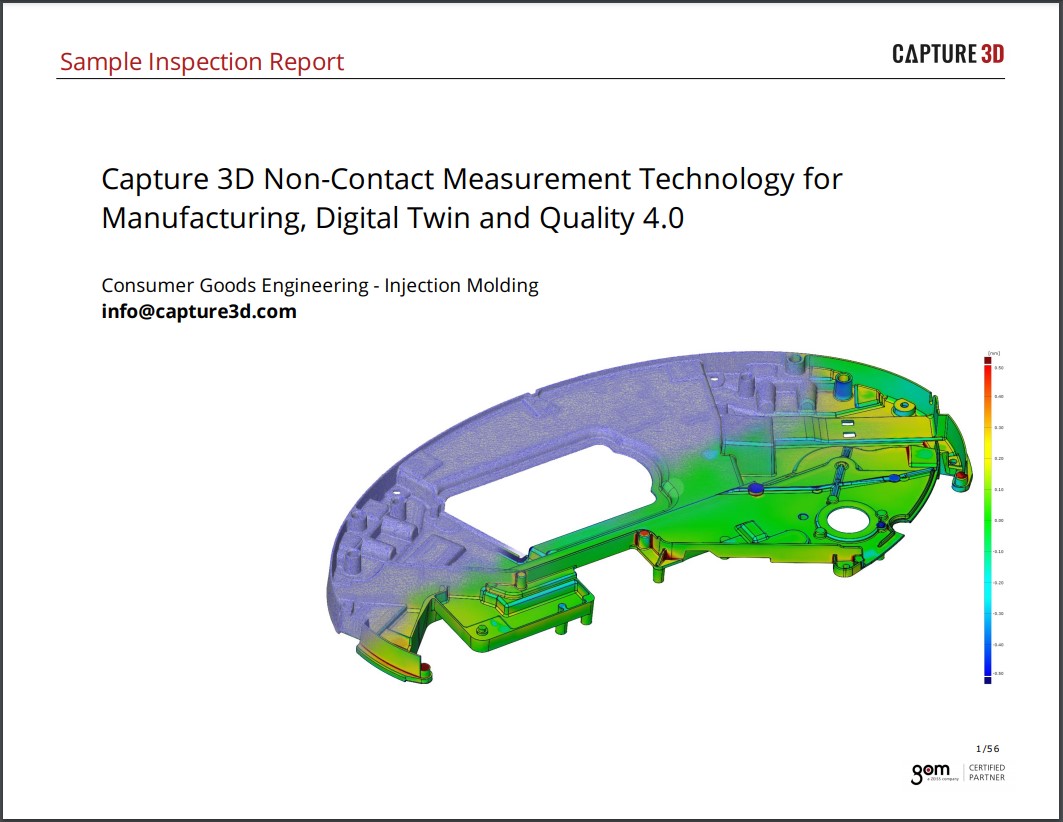Creating Highly Accurate 3D Meshes for Industrial Metrology Applications

Industrial manufacturing requires high standards of quality, efficiency, and accuracy to ensure the performance of the resulting products. One of the key aspects of industrial manufacturing is industrial metrology, which is the application of measurement science to industrial processes and products. Industrial metrology technologies help to monitor, control, and improve quality by providing accurate and reliable measurement data for analysis.
One of the most advanced and effective tools for industrial metrology is structured light 3D scanning. Structured light 3D scanning is a non-contact metrology technology that captures the shape and size of an object by projecting light or a laser onto the object's surface and recording the reflected signals. Software then processes the signals to generate a 3D mesh, a digital representation of the object composed of corners, edges and faces. 3D scanners can capture complex objects and surfaces with high resolution, detail, and fidelity. However, not all 3D scanners are equally accurate.
The accuracy of a 3D scanner is the degree of agreement between the 3D mesh generated by the scanner and the size and shape of the actual object. The accuracy of a 3D scanner is crucial to its performance in industrial metrology applications that require precise measurements and analysis of complex surfaces. Accurate 3D scanners can provide fast, reliable, and comprehensive data for various purposes, such as inspection, reverse engineering, and digitalization.
In this article, we explain:
- What are accurate 3D meshes? Why are accurate 3D scanners important in industrial metrology applications?
- What factors affect the accuracy of 3D scanners for industrial metrology?
- Scanning Techniques to Achieve Accuracy with Ease
- How do accurate 3D scanners enhance the quality and efficiency of industrial manufacturing?
What are Accurate 3D Meshes and Why are They Important?
A 3D mesh is a representation of a physical object composed of vertices, edges and faces. A high-resolution 3D mesh captures an object's shape, size, and texture in a digital format. Accurate 3D meshes have a high degree of similarity with the original object in terms of geometry and appearance, which is why they are often referred to as a digital twin.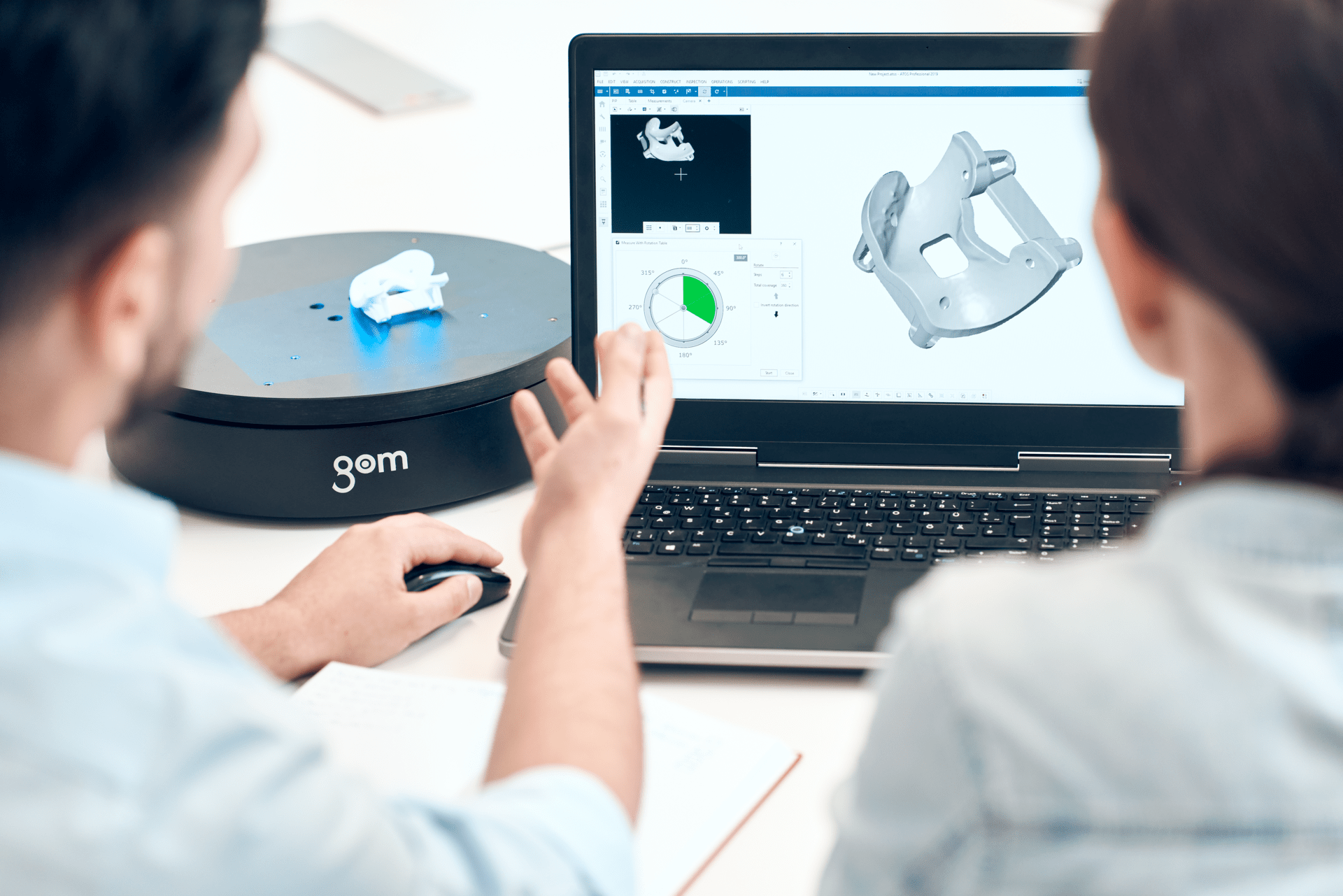
Accurate 3D meshes are important for industrial metrology because they enable precise measurements and analysis of complex objects and surfaces. Some of the industrial metrology applications that require accurate 3D meshes are:
• Volumetric accuracy: This refers to the ability to measure the volume of an object or a cavity with high precision. Accurate 3D meshes can help determine the volume of a part or a product and compare it with the design specifications or the expected value. This analysis helps detect defects, deviations or deformations that may affect the functionality or quality of the product. Many industrial applications rely on precise volume measurement during production, such as manufacturing processes like injection molding, tool making, and dispensing techniques.
• Point spacing: This refers to the distance between adjacent points on a 3D mesh. Accurate 3D meshes help achieve a uniform point spacing suitable for the desired level of detail and resolution that improves the smoothness, completeness, and accuracy of the 3D mesh and facilitates further processing and analysis. Uniform point spacing is key in high-tech manufacturing sectors such as aerospace, energy, and medical device manufacturing, where surface geometries are critical to the component's quality.
• Surface finish: This refers to the quality of an object's surface in terms of roughness, texture or glossiness. Accurate 3D meshes can help measure and evaluate an object's surface finish by capturing fine details and variations, which help to assess an object's aesthetic appeal, wear resistance or frictional properties. Surface finish is critical to quality in many industries, including mechanical components (gears, bearings, couplings), electrical and electronic components, and automotive assemblies.
Factors Affecting the Accuracy of 3D Scanners for Industrial Metrology
A structured light 3D scanner is a device consisting of a light source between two cameras angled toward each other. This 3D scanning sensor captures the shape and contours of an object by projecting a heterodyne "fringe" stripe-like pattern onto the physical object's surface. The stripes change in size and direction during data collection. The sensing cameras observe the contrast along the stripes' edges and assign those pixels X-Y-Z coordinates. The result is the fast collection of precise, crisp 3D scan data containing minimal texturing. The 3D scanning software transforms the data points into visual data known as a mesh, or a digital twin of the physical part. However, the accuracy of a 3D scanner depends on several factors, including:
Environmental Factors
Ambient temperature, humidity, lighting, vibration, and dust are common industrial environmental factors that may affect the performance and stability of your 3D scanner. For example, high temperature or humidity may cause thermal expansion or contraction of the object (or the 3D scanner), resulting in measurement errors. Similarly, poor lighting or dust may interfere with the visibility or quality of the projected signals, resulting in noise or distortion.
Using a 3D scanner specifically developed for industrial use mitigates such interference, allowing you to collect accurate 3D measurement data even while operating in harsh conditions. With robust housing that protects against dust and splash, these metrology-grade 3D scanners are designed to maintain their high performance in industrial environments:
ATOS Q
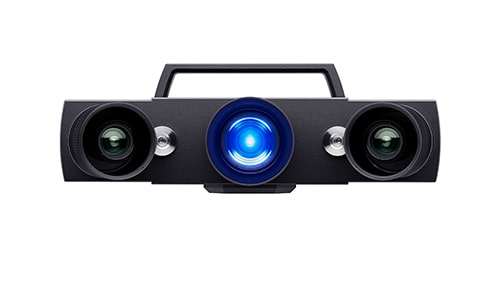
ATOS 5
ATOS 5 Airfoil
ZEISS ATOS LRX
Hardware and Software
You must pay attention to the quality, calibration and configuration of your 3D scanner components and software to ensure adequate performance. For example, low-quality scanners may introduce optical aberrations, distortions, or inaccuracies in capturing the data. Similarly, improper calibration or configuration may result in misalignment, scaling, or orientation errors in generating and displaying the 3D mesh.
Use high-quality components and software for 3D scanning to ensure optimal performance and accuracy. We offer complete 3D scanning solutions that include hardware, software and training so that you can get all your high-quality metrology technology needs from a one-stop shop.
Before each scanning session, you must calibrate and configure your 3D scanner according to its specifications and instructions to ensure the best accuracy possible. Don't know how to do this? Don't worry— in addition to detailed training and support, we also offer calibration services to ensure that your 3D scanner and measurement process is set up for success. Click here to request a 3D scanning service, learn about our training, or request a demo.
3D Scanning Techniques
3D scanning is a robust process that can be performed by any trained, competent professional. However, while many 3D scanners are easy to use, requiring very little training, there are best practices and methods to ensure you get optimal results from your 3D measurement system.
Some 3D scanning techniques to consider include: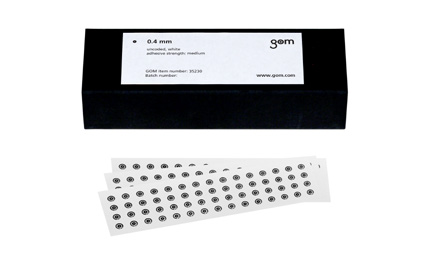
• Targeting: This refers to the placement and orientation of markers or reference points on or around the object to facilitate the alignment and registration of multiple scans or views. Accurate targeting can help reduce errors due to occlusion, overlap or gaps in scanning different parts or sides of an object. Use appropriate markers or reference points that are visible, stable and compatible with your 3D scanner to achieve accurate targeting. Use proper alignment and registration methods that match the markers or reference points accurately and consistently across different scans or views.
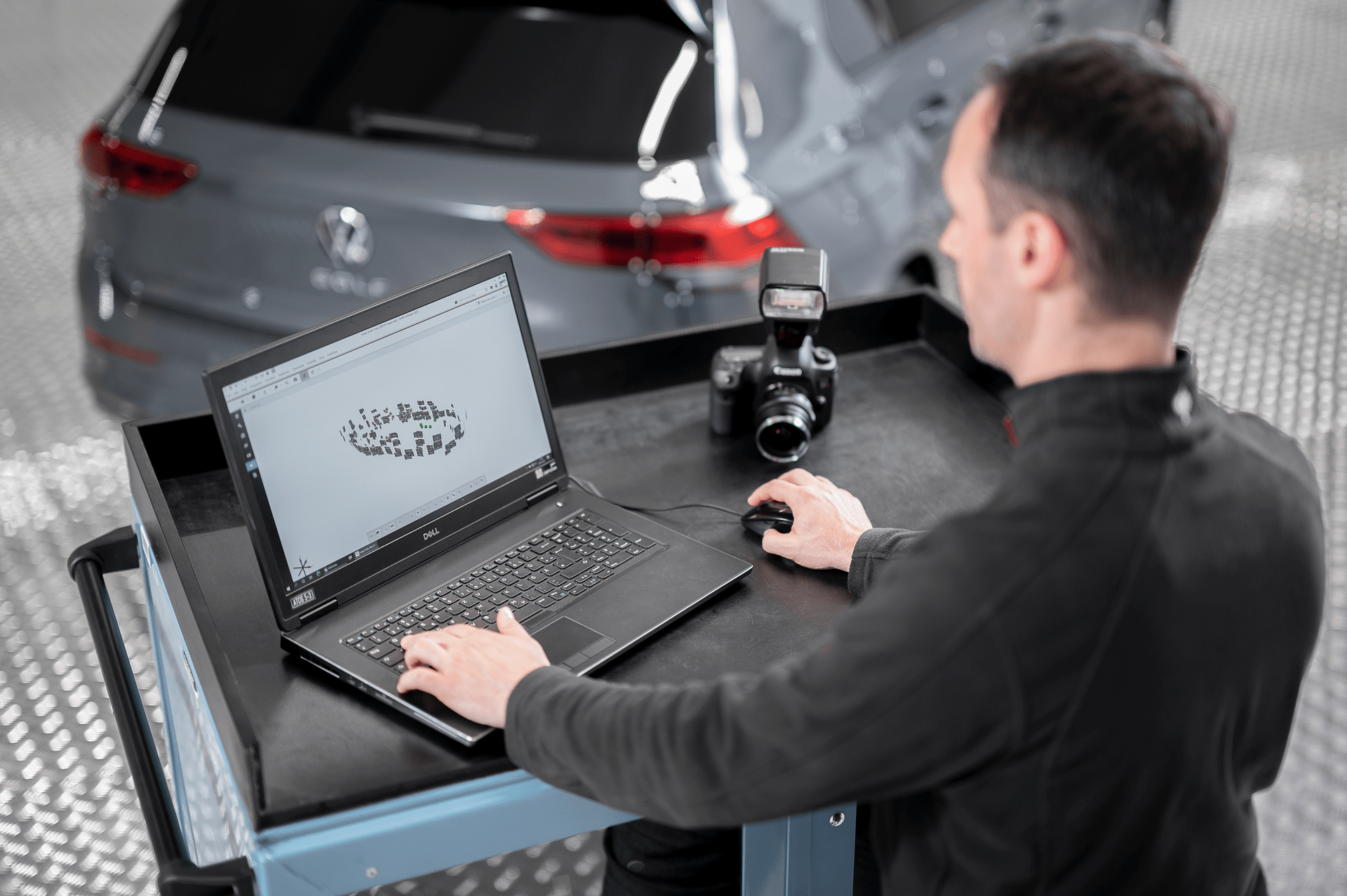
• Photogrammetry: This refers to the use of multiple images taken from different angles to reconstruct a 3D mesh using geometric principles and algorithms. Accurate photogrammetry can help capture fine details and textures of a large object with high resolution and fidelity. Use high-quality photogrammetry equipment that provides clear, undistorted images to achieve accurate photogrammetry results. It's also important to use proper photogrammetry software that can handle noise, blurring, shadows, reflections, and other image artifacts.
• Avoid stacking errors: Stacking errors are the accumulation of errors due to multiple scanning operations or transformations applied to a 3D mesh. For example, rotating, translating and scaling a 3D mesh may introduce rounding errors or inaccuracies due to numerical limitations and approximations. Similarly, merging, stitching or smoothing multiple scans may introduce errors due to misalignment, inconsistency or loss of information. Using minimal scanning operations or transformations that preserve an object's original geometry and appearance is recommended to avoid stacking errors. Use proper merging, stitching or smoothing methods that maintain the integrity, continuity and accuracy of a 3D mesh. Using advanced 3D metrology software, such as the software available within the ZEISS Quality Suite, makes taking steps to avoid stacking errors easier.
The Role of Accurate 3D Scanners in Industrial Metrology
The digitalization of metrology and inspection methods has advanced rapidly in recent years. The ability to replace outdated, inaccurate methods with high-precision technology has transformed manufacturing and metrology. Accurate 3D scanners play a vital role in industrial metrology by providing fast, reliable and comprehensive data for measuring and analyzing complex objects and surfaces. Some of the applications and advantages of accurate 3D scanners in industrial metrology are:
• Inspection: This refers to checking whether an object conforms to its design specifications or quality standards by comparing its 3D mesh with a reference or CAD model. Data from accurate 3D scanners can help detect defects, deviations or variations affecting an object's functionality or quality. Inspection and quality control are key in successfully producing high-quality products, especially when manufacturing at scale.
• Reverse engineering: Accurate 3D scanners enable reverse engineering by producing a 3D model of an object that may otherwise not have a CAD model or drawing. An accurate 3D scanner captures the object's geometries and features in great detail, including complex shapes and structures that may be difficult or impossible to measure with conventional methods. The resulting 3D mesh acts as a CAD model, allowing you to reproduce or reconstruct the object. The ability to quickly and easily produce 3D representations of objects supports greater innovation, product ideas, and design enhancements.
• Digitalization: In industrial metrology, digitalization is an advantage that extends beyond creating a digital twin of a physical part— it's about the downstream processes and the results of those processes that it unlocks. Bringing physical parts and processes into the digital world helps to reduce costs and increase efficiency through simulations within 3D metrology software. For example, virtual assembly is a digital twin application that allows you to use 3D measurement data from parts in an assembly and assemble them digitally to evaluate how they fit. This process allows you to validate parts in remote locations before you ship them to be assembled physically or send them into production, creating greater efficiency and cost savings.
Accurate 3D scanners offer several benefits over traditional forms of metrology, such as:
• Efficiency: Traditional inspection methods often require manual measurements, calculations, referencing, and checking production drawings to ensure conformance to standards. Replacing these antiquated methods with accurate 3D scanning reduces time and costs by enabling faster data acquisition and processing than what's possible with traditional methods. With more time available, you can redirect experienced inspection staff to higher-value and higher-complexity operations by eliminating low-value, repetitive measuring tasks.
• Accuracy: Accurate 3D scanners can improve precision and reliability by minimizing human errors, uncertainties, or biases affecting measurement results. Our blue light 3D scanners can capture details down to 0.05mm, collecting millions of data points per scan. 3D scanning reduces the setup time of components and minimizes any movement of the object to eliminate variation in measurements.
• Complete Data Coverage: Accurate 3D scanners provide more information by capturing complete surface data, known as full-field data, rather than measuring a select number of discrete points. Typically a challenge for traditional measurement tools, non-contact 3D scanners capture large and curved surfaces easily and quickly. With more comprehensive data capture, a much more detailed analysis can be performed.
Creating highly accurate 3D meshes is essential for industrial metrology applications that require precise measurements and analysis of complex objects and surfaces. The accuracy of 3D meshes depends on various factors related to environmental conditions, the quality of hardware and software components, and the 3D scanning techniques you use. Accurate 3D scanners play a key role in industrial metrology by providing fast, reliable and comprehensive data for inspection, reverse engineering and digitalization purposes.
To learn more about our accurate 3D scanning technology for industrial metrology applications, please contact us today!
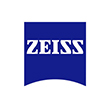

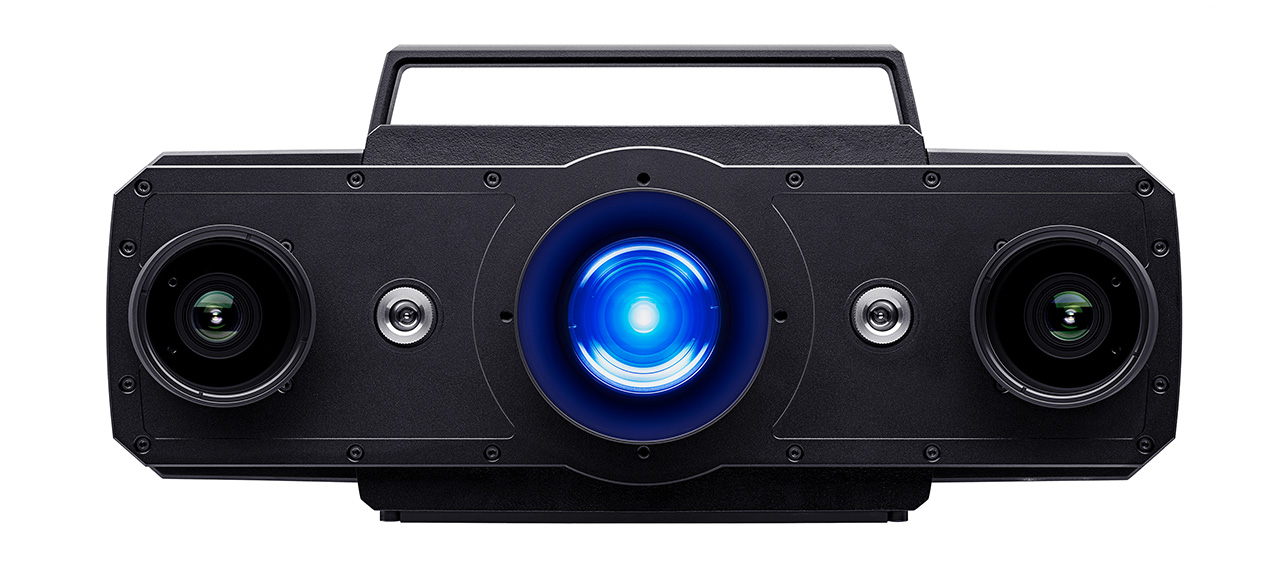
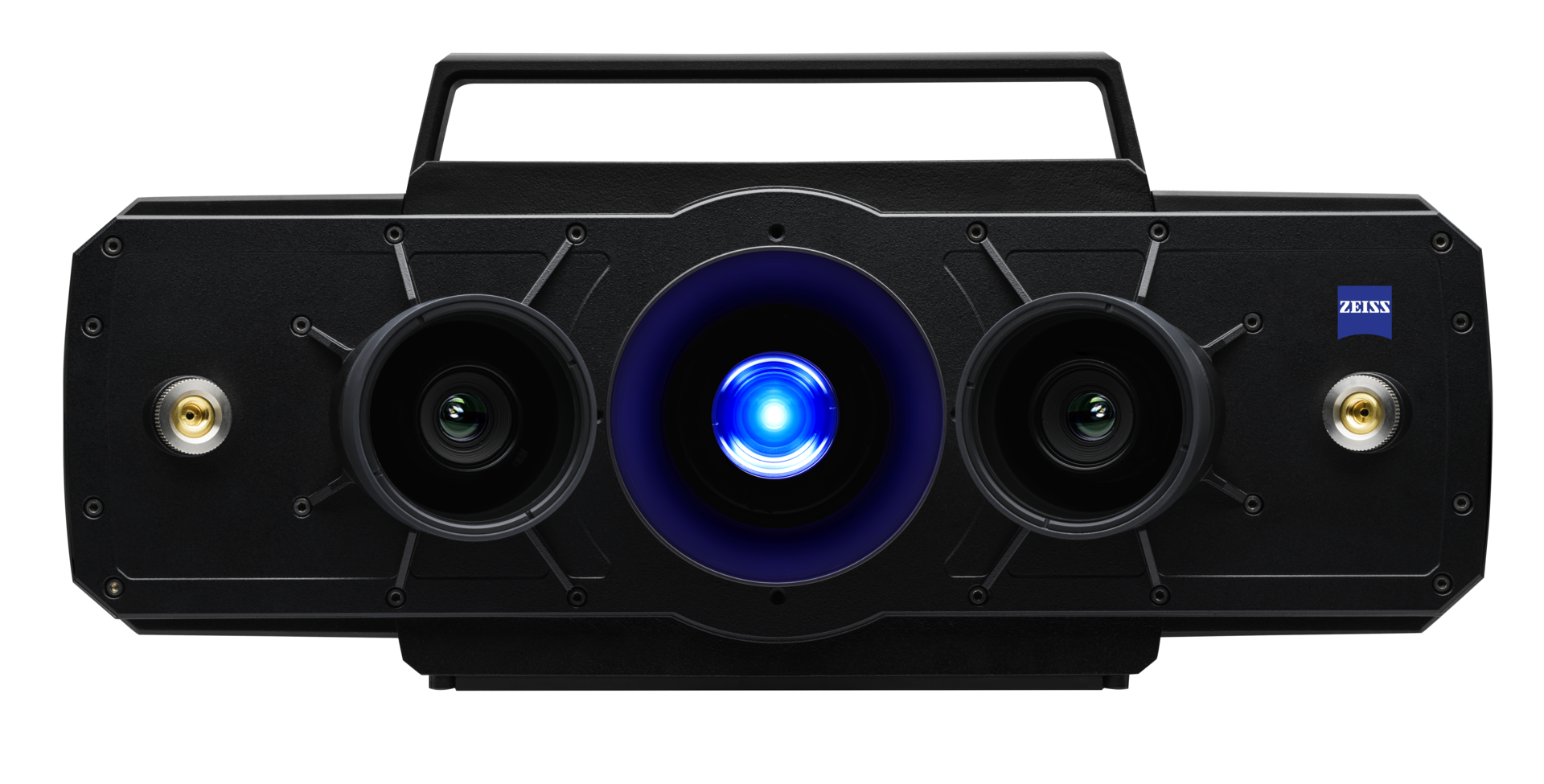
.png)
